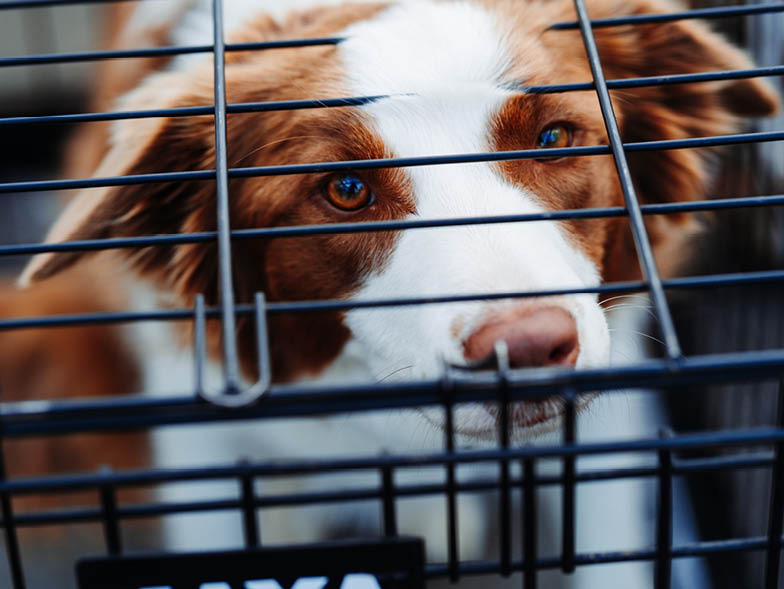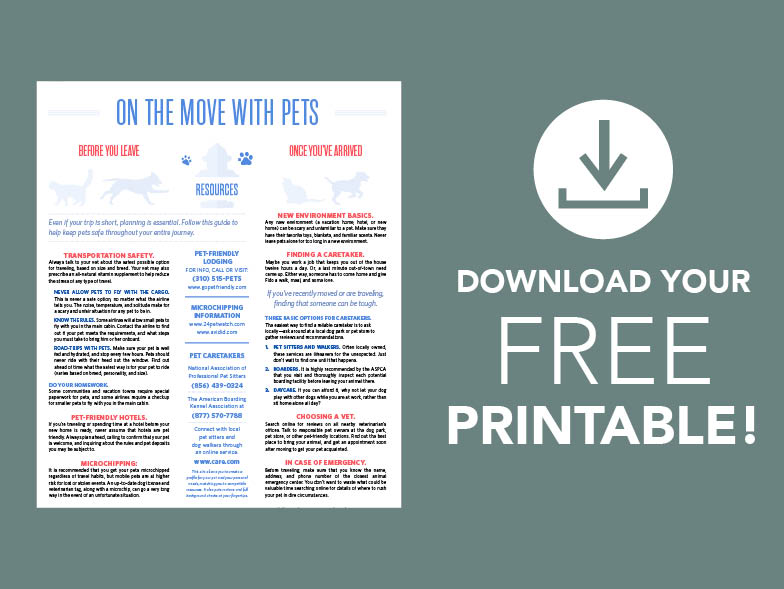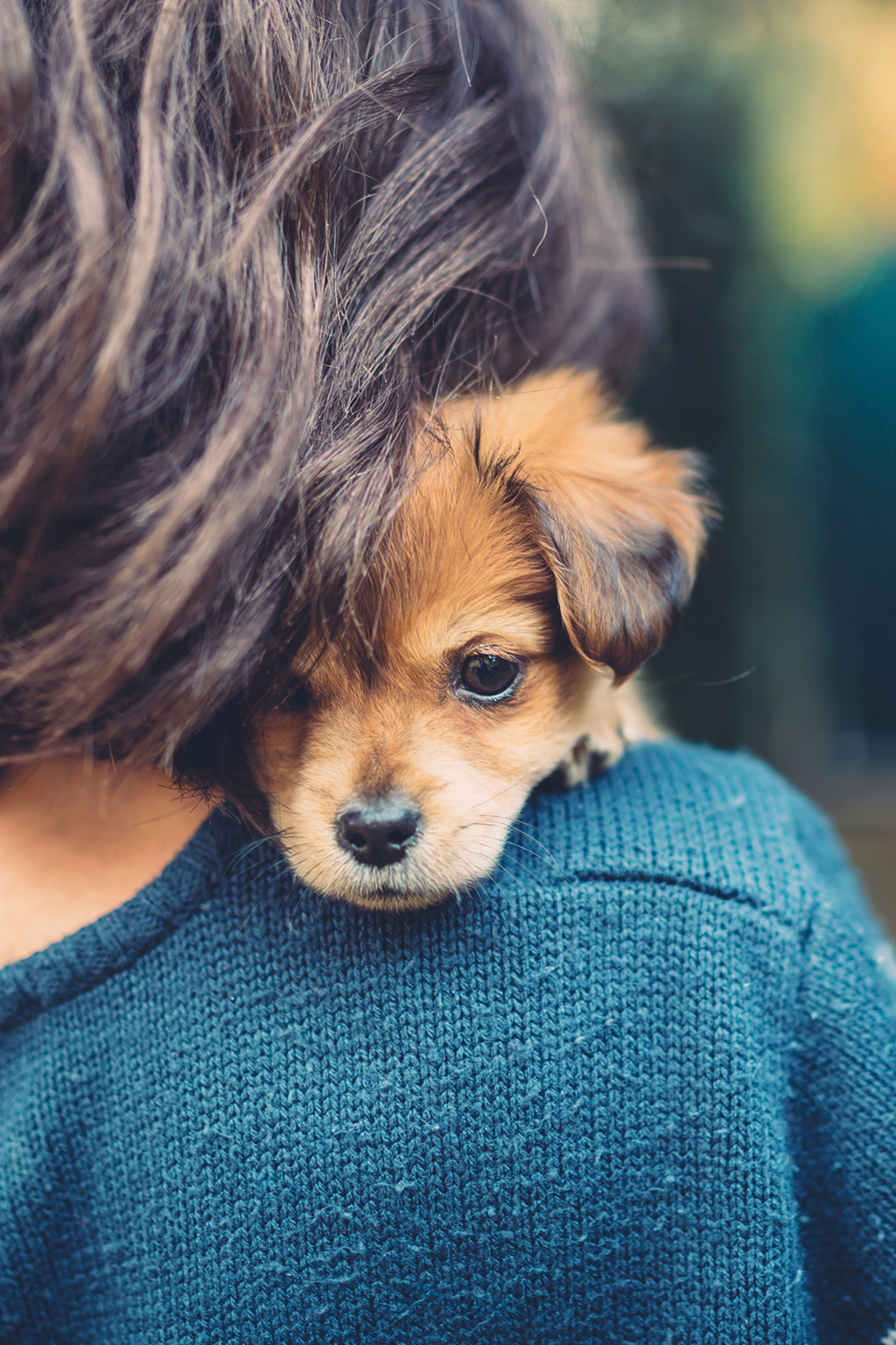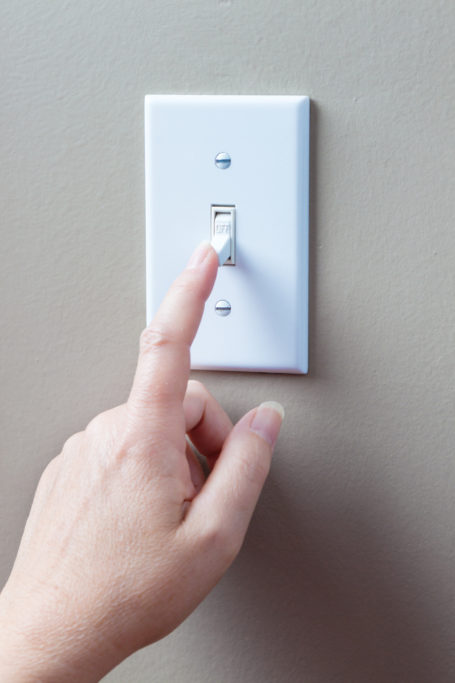Don’t Miss These Tips for Moving with Pets
If the process of moving to a new home is stressful for you, imagine what it must be like for your pets. Follow these tips to make your move safer and less stressful for you and your furry friends.

Switch your vet
Before your move, ask your current vet for extra prescription refills, gather vet records, and discuss the safest options for moving with your pet. Knowing that they are in good health will buy you time to properly research a new vet. When doing so, look for recommendations from local neighborhood social media groups. It’s also a good way to meet new people in the area and find friends for your pet to socialize with!
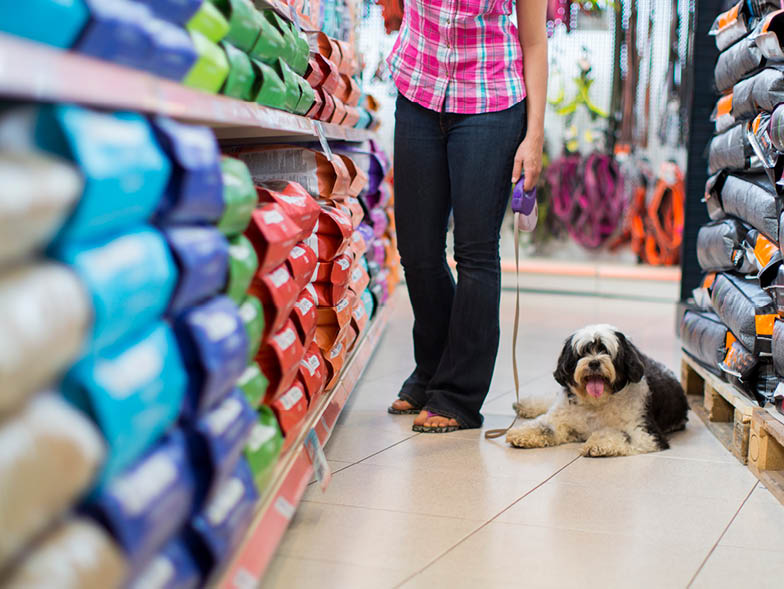
Stockpile specialty food
In case you can’t find special foods right away in your new area, bring an ample supply to help avoid delays and emergencies. Animals generally don’t do well when switching foods quickly, so if you are opting for a new brand, mix half the new food with the old food for a while to wean them off.

Microchip and update tags
Make sure your new address and phone number are visible on any tags, and if your pet has a microchip, your vet can help you reassign the contact information for it. And if haven’t microchipped your pet yet, now is a great time do so!

Do your homework
Find out what’s required in your new community. There may be stricter leash laws, specific tags required for pet sitting/walking services, or your pet may need new medications to avoid localized pests like ticks.
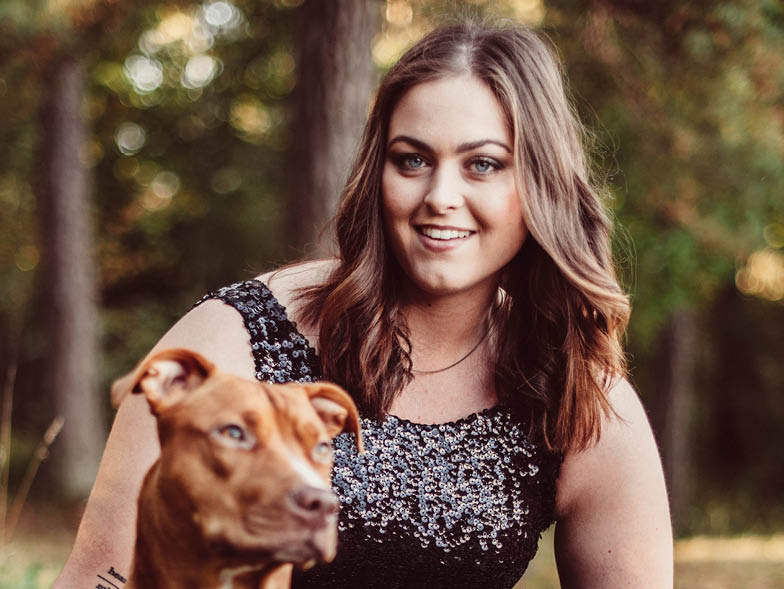
Manage your pet’s stress
Having multiple people moving items from the house can cause stress for pets. If possible, ask a friend to watch your animal companion while this is going on, or put them in a separate room with plenty of food, water, and toys to keep them comfortable.
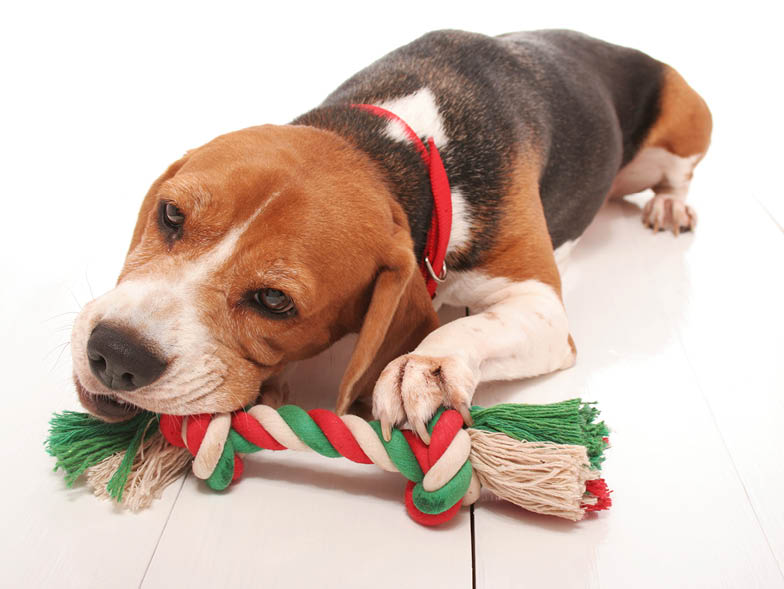
Manage the environment
Keep as many of your pet’s belongings with you during the move as possible, and wait to box up anything that must be packed until the last minute. Never leave your pet at home alone in an empty house—a barren environment can be extremely stressful, causing behavioral and anxiety issues. If you have to keep your home empty with a pet home, consider crating them and putting a blanket and toys in with them if its suitable for your animal. A potential hack that works for some pets is draping a towel or blanket over the crate to make them feel more safe and enclosed in a new place.

Road trip basics
Always talk to your vet about the safest possible option for traveling based on size and breed. Look for dog seatbelts for smaller dogs, cats, or puppies that will hold them to the seat with little room to wiggle around and wander the vehicle. For bigger animals, try a backseat hammock that will restrain them from entering the front of the vehicle while you’re focusing on the road. Your vet may also recommend a calming, all-natural vitamin to reduce stress and help your pet relax. Pack an on-the-go traveling kit with your pet’s food, water, medications, a leash, waste bags, vaccination records, and a toy or blanket to give them a sense of familiarity.
Moving can be an exciting time, but it can also be stressful for everyone, including your pets. With these tips, you can help keep them calm and safe to better ensure a smoother move so they’re better prepared to acclimate to their new home.
